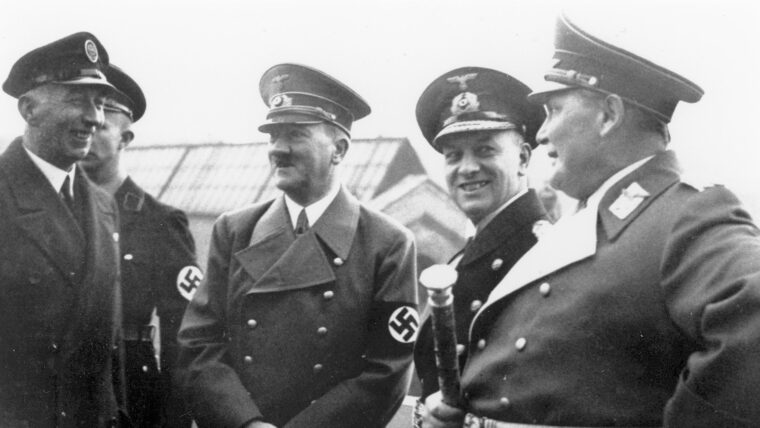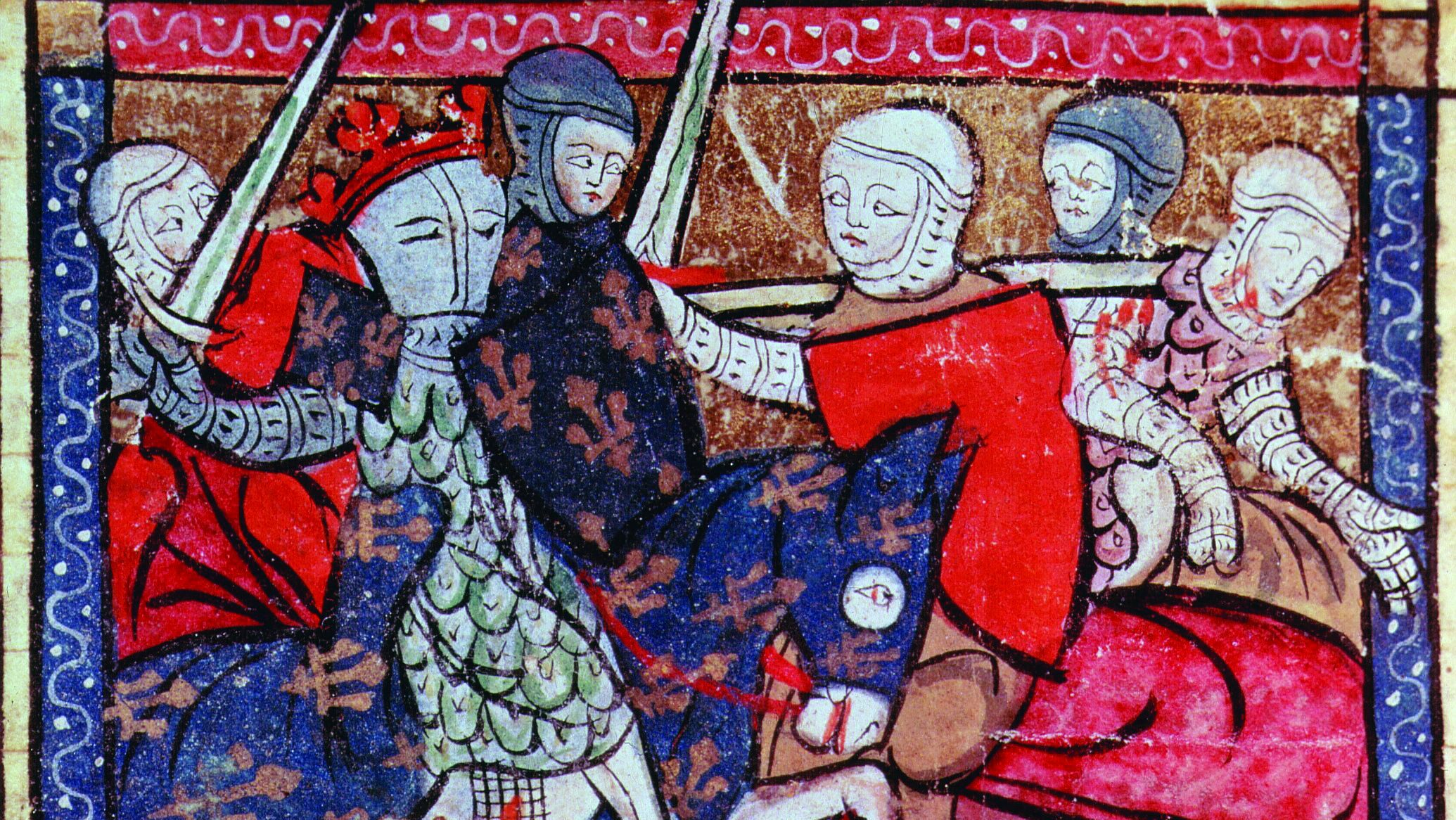
Messerschmitt
Air Force Profiles: Pilot Phil Cochran
By Gerald AstorSuperficially, Phil Cochran personified the WWII fighter pilot, a combat daredevil, nonchalant about the niceties of rank and zealous in pursuit of what he called “chicks.” Read more






















